The best of Switzerland's architecture 🏫

Gothic architecture - 12th century
Pointed arch, ribbed vault, beating buttress - these are the main characteristics of Gothic architecture. This art movement spanned from the middle of the 12th century to the 16th century. This long period of time makes it not surprising that many Swiss buildings, mainly churches and cathedrals, were built during this era.
The city of Lausanne was the initiator of Gothic movement in Switzerland with the construction of its Gothic cathedral around the year 1170.
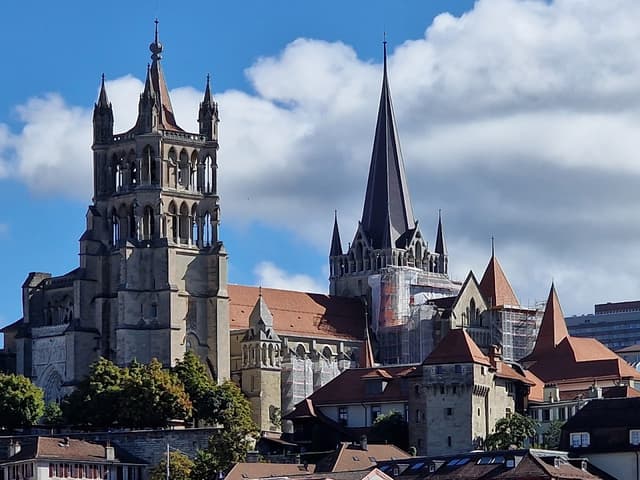
Other examples are the Collegiate Church of Neuchâtel, whose structure is predominantly Gothic, and the interior of St. Peter's Cathedral in Geneva, decorated with large pillars and stained-glass windows, typical of the architectural style.
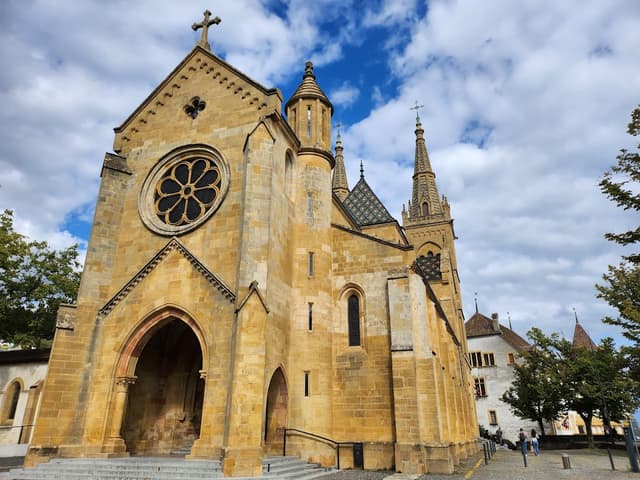

Gradually, Gothic architecture spread throughout the country, passing through Fribourg, Basel, Zurich and Lucerne.
Italian influence on Swiss architecture
Renaissance and Baroque art were two movements born in Italy and quickly adopted by the rest of Europe as they crossed Switzerland.
The Renaissance first took hold in the canton of Ticino, around the 16th century, and spread throughout Switzerland as far as Basel, where the first Renaissance buildings were erected as early as 1556. Symmetrical, more proportionate buildings have appeared in the landscapes. The cathedral of San Lorenzo in Lugano build in 1517 is one of them .

The Baroque period of the 17th century also spread from Italy through Ticino and Graubünden. More colorful, with large frescoes and numerous ornaments, this architectural style benefited directly from the technical advances of the time. In German-speaking Switzerland, the Jesuit Church of Lucerne is a major reference. Built between 1666 and 1677, it was the first sacred Baroque building in Switzerland.

Unlike Gothic art, Baroque was not confined to monuments. Houses are richly decorated, like the Palais de la Justice in Geneva.
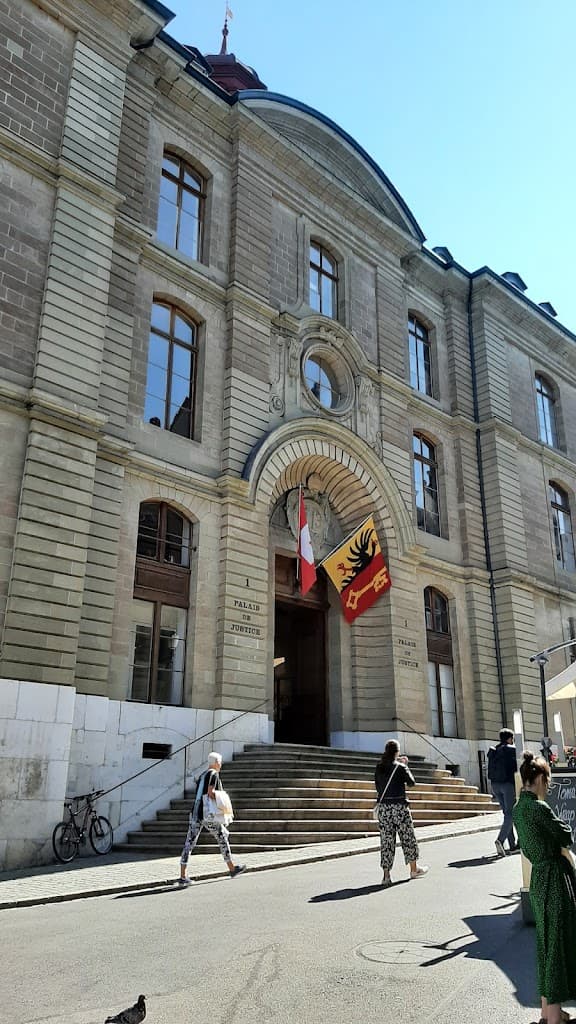
(Neo)Classicism and the first traditional Swiss chalets
Although few religious buildings were built in the neoclassical style, the Cathedral of St. Urs in Solothurn is a must-see monument for architecture enthusiasts. Considered one of Switzerland's major neoclassical achievements, with its large pillars and cylindrical forms, it is today the city's landmark.

Other classical buildings of the 18th century were mainly government and business buildings. The same period also saw a strong interest in chalets, the typically Swiss wooden houses. Although rustic cabins had existed before, it was around the 18th century that urban dwellers began to take a real interest in them and reproduce them. Representing a simple life far from the frenzy of the cities, the image of the picturesque, dreamlike chalet grew rapidly.
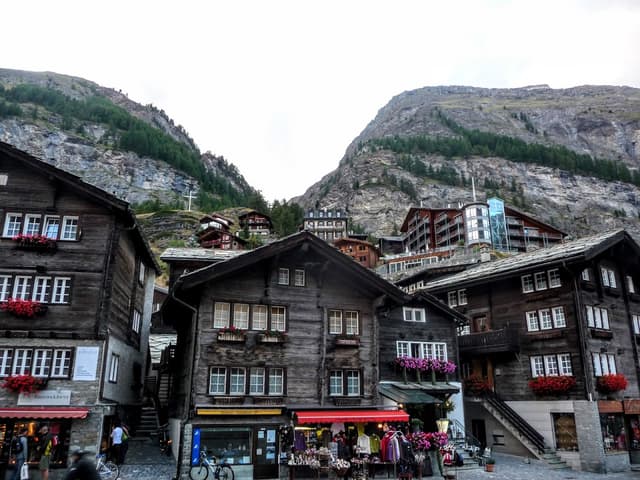

Le Corbusier and modern art
The Rolex Learning Center in Lausanne, the Dürrenmatt Center in Neuchâtel, Bern Train Station, etc. - it is quite easy to name modern buildings today. With their large windows, distinctive shapes and great originality, these buildings decorate our cities today.

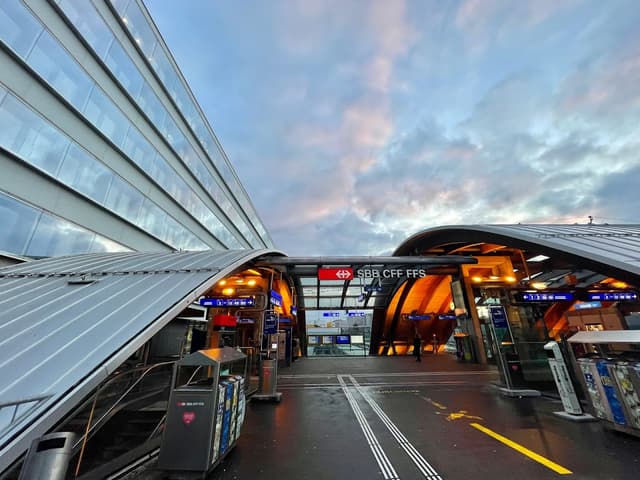
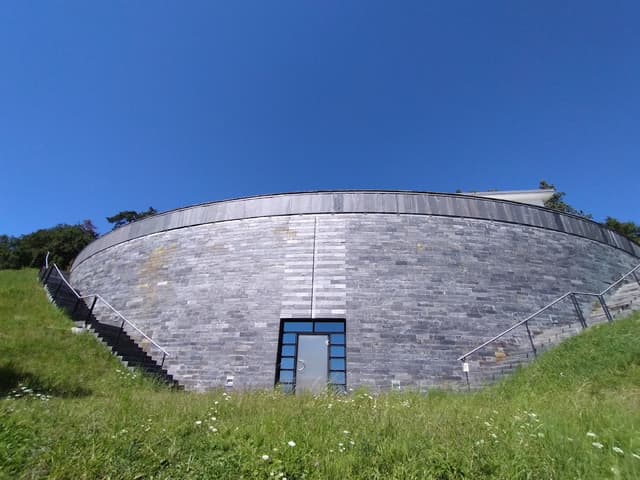
But when did this interest in modern architecture begin? At the beginning of the 20th century, modern art came to oppose the neoclassical architecture of the previous century. Based on new deconstruction technologies such as glass, steel and reinforced concrete, this movement quickly became popular after the Second World War.
Subsequently, the style split into several forms, depending on the trends in each region. In Ticino, architects based themselves mainly on functionalism and rationalism, incorporating geometric forms for greater contrast. In Graubünden, Peter Zumthor concentrates on simple, low-resource buildings that blend into the landscape.
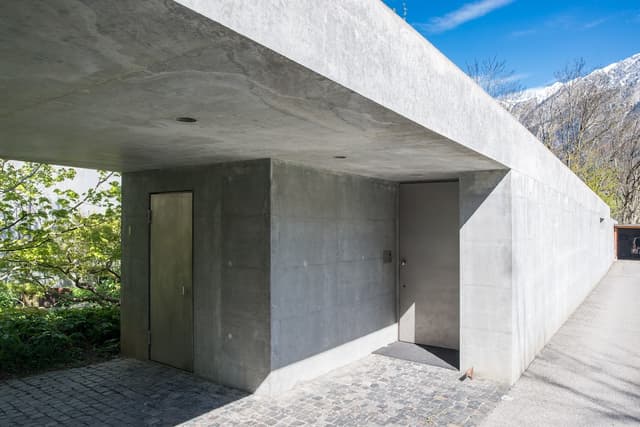
But the most influential Swiss architect in this field is certainly Le Corbusier. With his motto "Where order is born, well-being is born", he worked mainly on simplicity of form, organization and rigor, as seen in his design for the Clarté building in Geneva, in his villa facing Leman lake or int the pavillon Le Corbusier in Zurich.
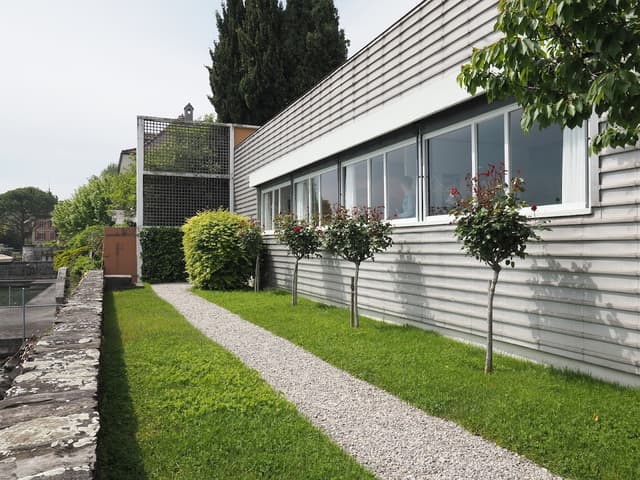
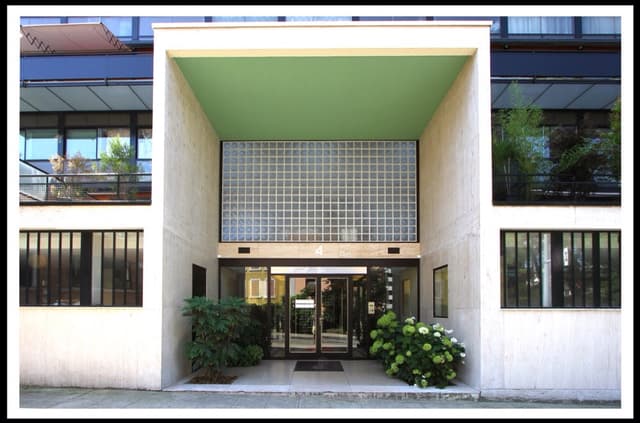

And voilà ! 🤗
Thank you very much for reading my text and recommendations. It was such a pleasure writing this guide, I hope you learned through it. I wish you an enjoyable stay in Switzerland and hopefully, you will have the opportunity to visit some of the places mentioned above. I recommend selecting a few monuments on the previous list, so you can make the most of it. If you like this guide, please support my work by giving a tip right below. Thank you again 🫶🏼
The home for unique & authentic travel